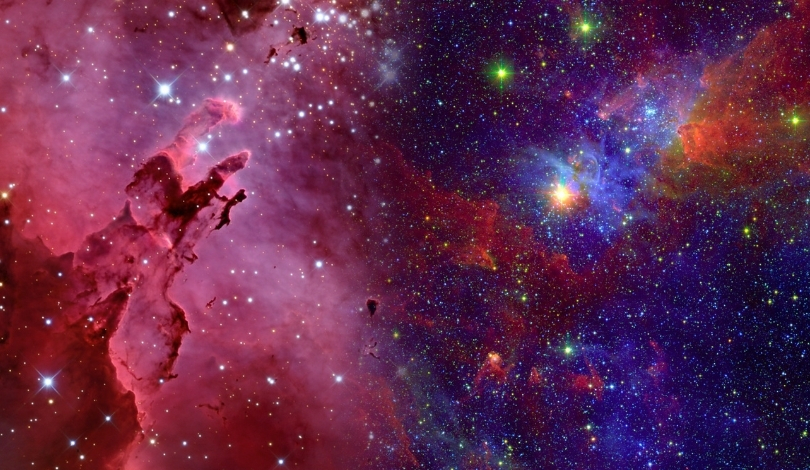The enigmatic interstellar object ‘Oumuamua continues to intrigue scientists as researchers uncover new insights about its origins. Recent studies using advanced numerical simulations suggest that certain solar system configurations are more likely to produce such peculiar visitors from beyond our galaxy. This discovery not only sheds light on ‘Oumuamua’s formation but also opens avenues for understanding the dynamics of other star systems.
Previous research has explored multiple theories regarding ‘Oumuamua’s unusual characteristics, including the idea of tidal fragmentation near white dwarfs. However, the latest study offers a different perspective by highlighting the role of single giant planet systems in generating similar interstellar objects. This shift in focus provides a new angle for scientists to investigate the mechanisms behind such interstellar visitors.
How did the researchers investigate ‘Oumuamua’s origin?
Xi-Ling Zheng and Ji-Lin Zhou employed numerical simulations to recreate various solar system configurations, aiming to identify scenarios that could produce objects resembling ‘Oumuamua. By analyzing systems with a single giant planet, they discovered specific orbital mechanics conducive to forming elongated interstellar asteroids.
“These findings suggest that the presence of a single giant planet significantly influences the formation of interstellar objects like ‘Oumuamua,” Zheng and Zhou stated.
What role do giant planets play in creating such objects?
The study found that solar systems with a single, Jupiter-sized planet exhibit orbital mechanics that can lead to the ejection of elongated asteroid-like objects into interstellar space. These giant planets, through their gravitational influence, can fling such objects out of their home systems, making them interstellar travelers like ‘Oumuamua.
“Our simulations indicate that the gravitational interactions within single-giant-planet systems are crucial for producing objects with ‘Oumuamua’s characteristics,” explained Zheng and Zhou.
What implications do these findings have for our understanding of interstellar objects?
The research suggests that systems with single giant planets are prolific sources of interstellar asteroids, potentially increasing the likelihood of similar objects passing through our solar system. This enhances the understanding of the distribution and frequency of such interstellar visitors across the galaxy.
“Recognizing the types of planetary systems that can generate ‘Oumuamua-like objects helps us better estimate their abundance and behavior in interstellar space,” the researchers noted.
The study by Zheng and Zhou provides a significant piece to the puzzle of ‘Oumuamua’s origins by linking its formation to the dynamics of single giant planet systems. Although this explanation advances the scientific discourse, the precise nature of the solar system that produced ‘Oumuamua remains uncertain, indicating the need for further research and observation of interstellar objects.










